19%
Higher salary with CLTD
4K+
CLTD-certified professionals since 2016
100+
Countries with APICS-certified professionals.
The CLTD certification is your guide to mastering the complexities of supply chain logistics. By gaining a deep understanding of network design, sustainability and reverse logistics, capacity planning and demand management, you'll transform your career and organization.

The APICS CLTD credential is ideal for current or aspiring supply chain professionals seeking to advance their careers. This credential empowers professionals with a comprehensive understanding of managing logistics as a cohesive system, understanding tradeoffs to present a logistics strategy that aligns with organizational strategy and finding the most effective mix of revenue-producing services for the cost of providing that service.
CLTD-certified individuals have the strategic and tactical expertise essential for supply chain excellence and add value across the entire supply chain. Common supply chain logistics, transportation and distribution roles and responsibilities include:

| Function | Responsibilities | Key Activities |
|---|---|---|
| Transportation Management | Overseeing and optimizing the movement of goods from origin to destination. | Carrier selection, rate negotiation, transportation mode selection, shipment planning, tracking and tracing, documentation management, freight claims management. |
| Global Logistics | Managing the flow of goods and services across international borders. | International transportation, customs clearance, documentation, trade compliance, global supply chain network design, international warehousing, global procurement. |
| Warehouse Management | Optimizing the storage, handling, and distribution of goods within a warehouse facility. | Warehouse layout design, inventory management, receiving and put-away, picking and packing, shipping, returns processing, warehouse technology implementation. |
| Inventory Management | Controlling and optimizing inventory levels to meet demand while minimizing costs. | Inventory planning, forecasting, stock level management, inventory valuation, cycle counting, ABC analysis, reorder point calculations, inventory turnover analysis. |
Earning the CLTD credential demonstrates mastery of distribution strategies and a deep understanding of warehouse, inventory and demand management.
Take the short five question supply chain quiz to find out how much you already know about supply chain logistics and transportation.

CLTD certification empowers both individuals and organizations to thrive in today's competitive global market. By equipping professionals with advanced capacity planning and inventory management skills, CLTD increases job value and drives organizational success.
Recognizing the CLTD's impact, leading companies invest in APICS certification programs to develop their top-tier talent.

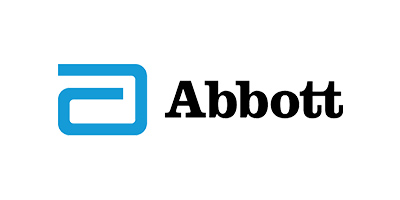

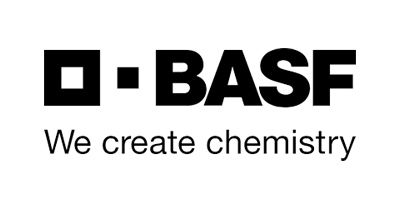
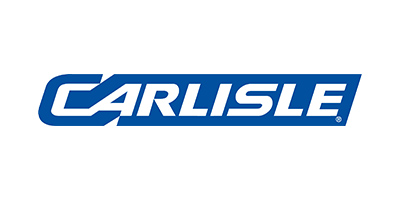
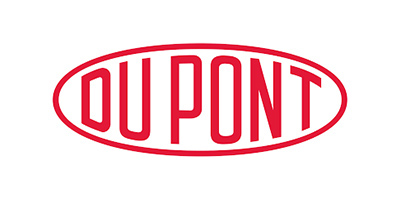
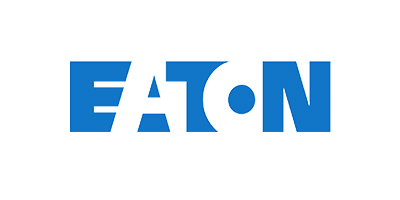



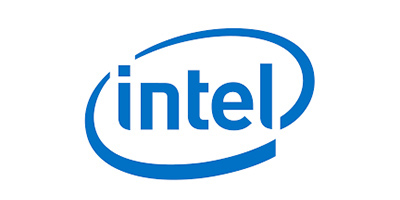


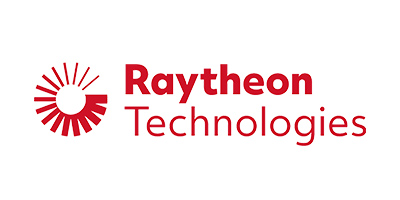

With a median salary of $100,000, APICS-certified supply chain professionals earn 27% more than their uncertified colleagues. The CLTD credential alone can increase earnings by 19% compared to those with a supply chain degree but no certification.

CLTD-certified professionals earn a digital Credly badge along with their certificate. The badge showcases your verified achievement of your skills and knowledge and is a powerful tool for standing out in a competitive job market.
APICS credentials are widely recognized as valuable assets by industry leaders and professionals alike; receiving support from influential industry sources, including Indeed, Business.com, and Entrepreneur.com.
Key learning objectives:
Key learning objectives:
Key learning objectives:
Key learning objectives:
Key learning objectives:
Key learning objectives:
Key learning objectives:
Key learning objectives:
Key learning objectives:
Becoming CLTD certified shows employers that you know how to effectively manage orders, inventory and warehousing. Take our short five question supply chain quiz to find out how much you know about supply chain logistics.

How long does it take to earn your CLTD?
While the average study time for the CLTD exam is 100 hours, this can vary depending on your experience level and background in supply chain management.
To maximize your success, consider the CLTD Learning System – the only official prep program guaranteed to align with the latest exam content. The comprehensive program offers a variety of learning resources with print and digital materials, interactive activities, and downloadable content for studying on the go.
See how the CLTD Learning System works
What’s the difference between the CLTD and CSCP?
The CLTD focuses on logistics, transportation and distribution. Ideal for supply chain professionals focusing on fulfillment, orders and returns.
The Certified Supply Chain Professional (CSCP) has more generalized knowledge and looks at the entire supply chain, from suppliers to customers. Validates comprehensive understanding of supply chain integration and management across the whole network. Suitable for professionals in procurement, logistics, and overall supply chain management.
For more information on APICS supply chain certifications, visit ascm.org/certifications.